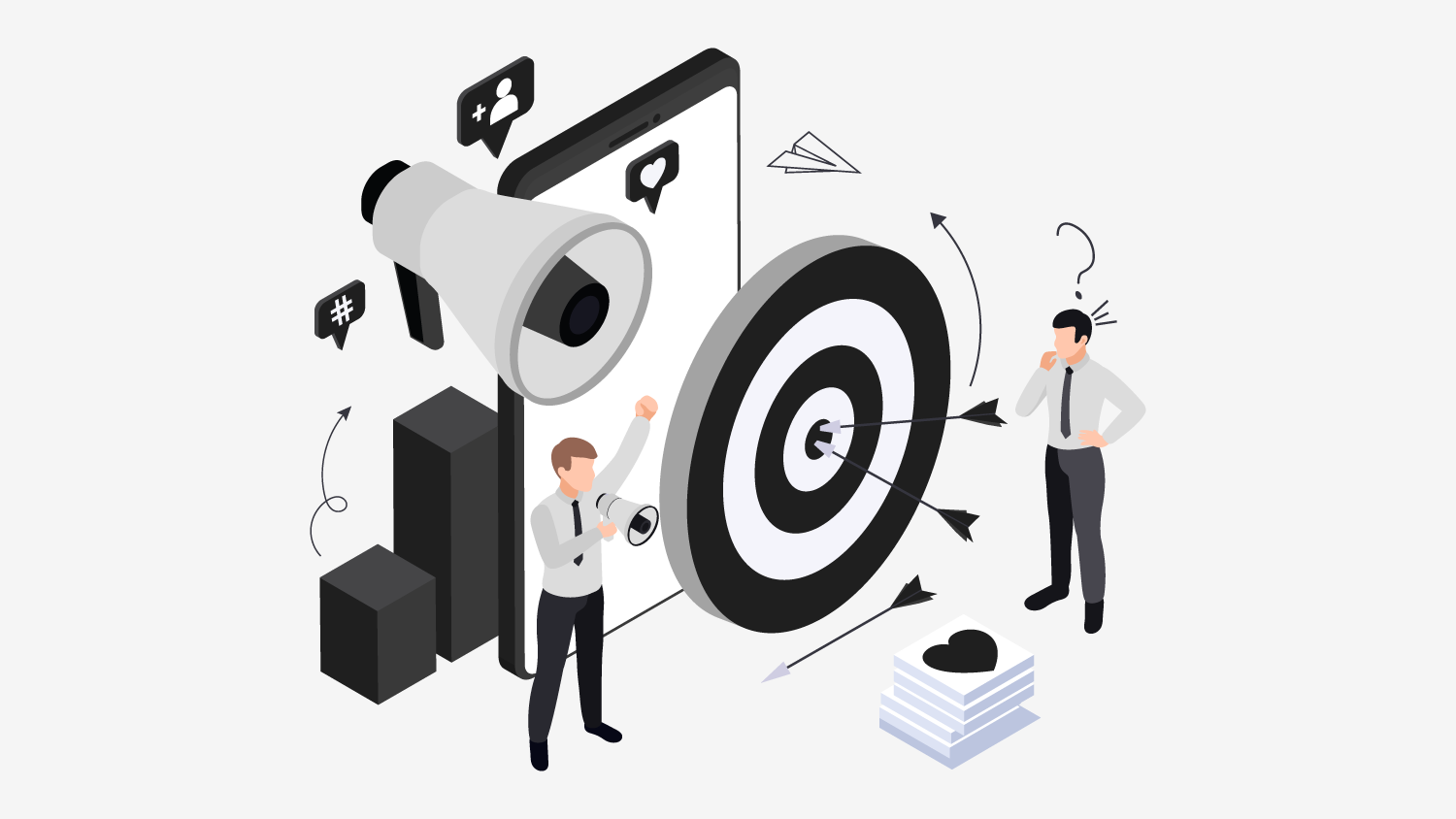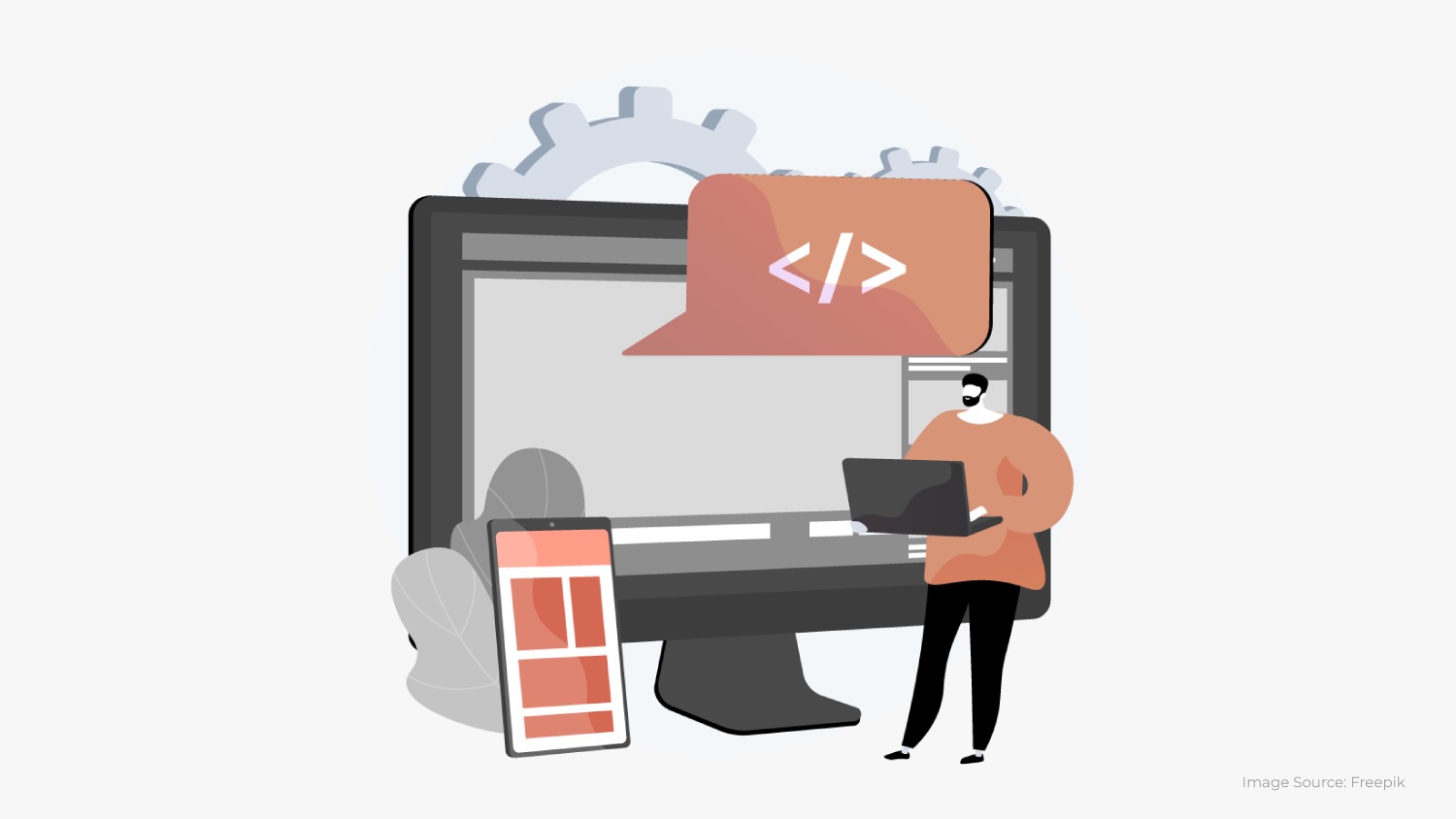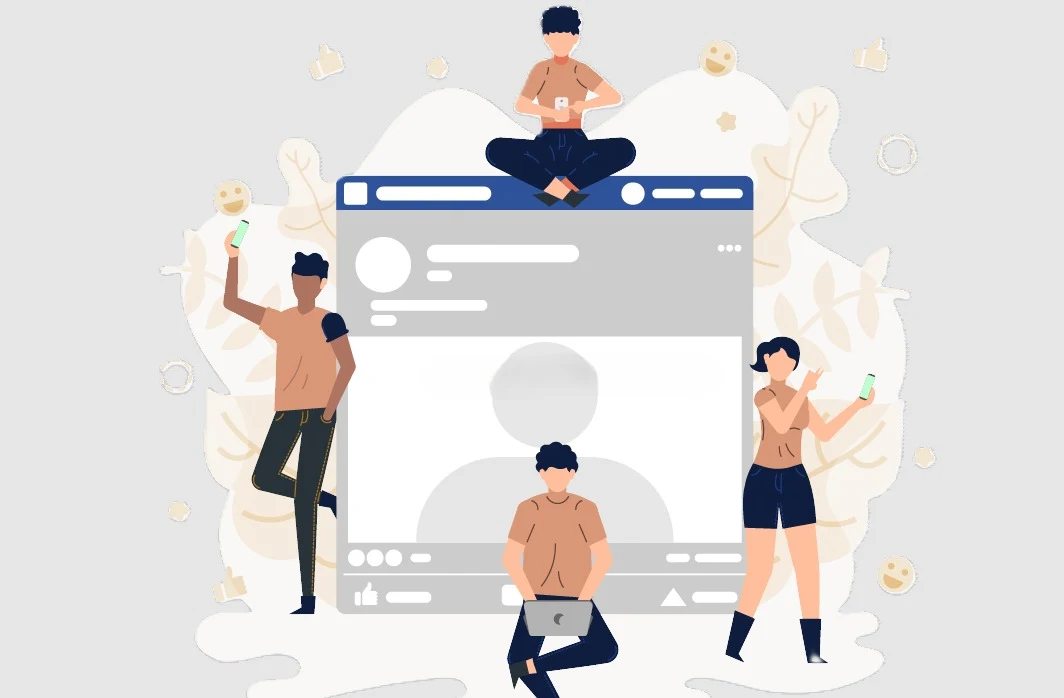Defining your target audience is the key to every successful marketing strategy. If you don’t know who you are even talking to, it may feel like you are firing in the dark. The crucial skills that will help you to know how to identify your target audience and create tailored campaigns that truly resonate.
1. Define Your Ideal Customer
The starting point is to visualize an ideal customer of yours. What are their demographics? Such things as age, gender, location, income level, and education are important to consider. Finding out who those people are something that you know the least what your result will be.
2. Understand Their Pain Points
What are the pain points that your product or service can solve that your audience is complaining about? To gain some insights directly from your audience, try using surveys, customer feedback, and social media involvement.
3. Analyze Competitors
Take a look at whose audience your rivals are. This will be an indication of where you can possibly find some market gaps or areas that your business can distinguish itself.
4. Leverage Data
Deploy tools such as Google Analytics, social media insights, and customer data to monitor the behavior and preferences of the audience. Through the comprehension of how they engage with your content, you can fine-tune your approach.
5. Create Buyer Personas
Creating buyer personas is crucial for understanding and targeting the right audience in your marketing efforts. These personas represent semi-fictional profiles of your ideal customers based on real data, research, and informed speculation about their demographics, behavior patterns, motivations, and goals.
Conclusion
By following these steps, you’ll have a clearer picture on how to identify your target audience, ensuring your marketing reaches the right people with the right message.
Looking to refine your brand and connect with your ideal audience? At Pixtar, we specialize in designing premium branding and web solutions that help businesses stand out in the competitive market. Let’s bring your brand closer to the people who matter the most! Get in touch with us today and take the first step toward a more powerful brand presence.





